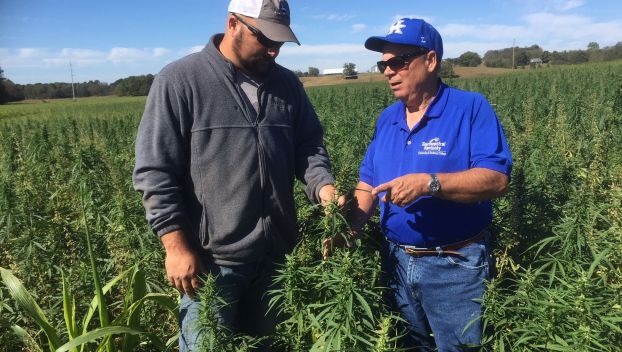
News
Kentucky’s hemp revolution multiplying
It’s popping up in skin creams, smoothies and medicine cabinets, and the world’s newest superfood is about to ... Read more

It’s popping up in skin creams, smoothies and medicine cabinets, and the world’s newest superfood is about to ... Read more
When the clock struck midnight on 2018, many people were still blissfully partying with family and friends. But ... Read more
Specialty crops such as tree nuts, dried fruits and honey stand to get a boost from the Kentucky ... Read more

What Chad Elkins chose as a double crop for his northern Warren County farm this fall may be ... Read more
Corbin Wilson isn’t about to let a wetter-than-normal spring and early summer rain on his parade. Quite the ... Read more
It’s too bad Hal Heiner’s campaign is criticizing James Comer, a likely rival for the Republican gubernatorial nomination, ... Read more